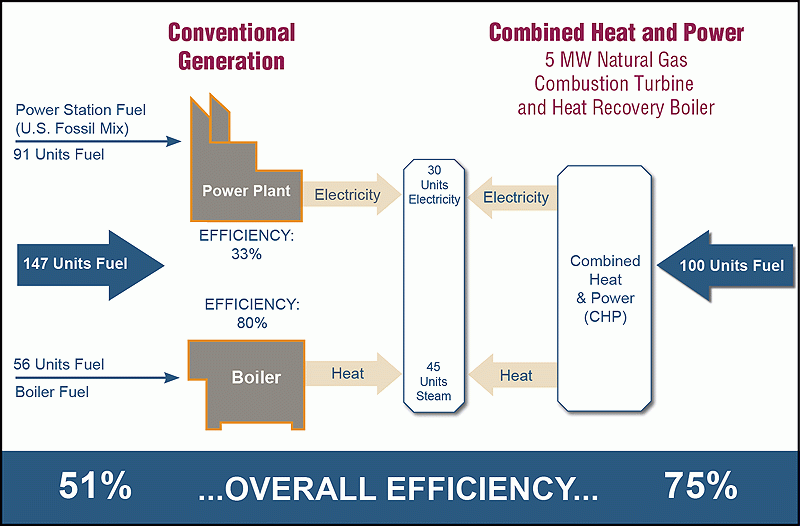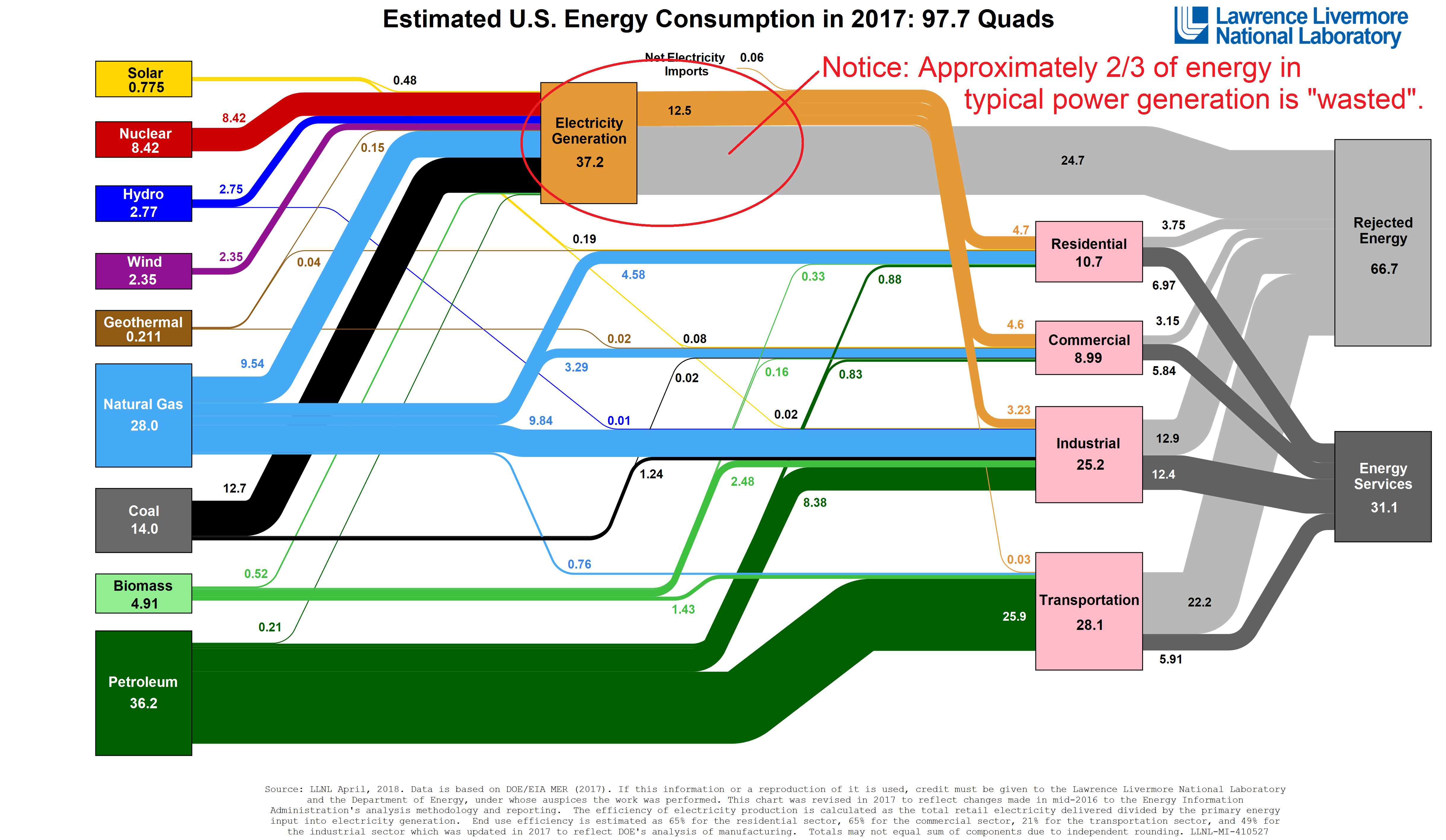Using Demand Flattening to Alleviate Capacity Constraints
Shifting natural gas demand away from demand peaks has several benefits for utilities. The most obvious benefit is that it helps alleviate natural gas constraints that can arise on very cold and very hot days.
Capacity constraints occur when demand is highest. They also can occur in local areas where older gas lines require a lower limit for safe pressure levels. (Higher pressure in older distribution lines may also contribute to higher rates of methane leaks.)
Flattening demand also can help reduce or eliminate low pressure at distal points in the distribution network.
Visualizing Peak Demand and Demand Flattening
The following chart shows an example of what demand looks like over the course of one winter day for a large multifamily property. Over the course of this 24 hours, the building consumes 1020 therms of gas. In this example, the peak consumption is in the morning, from about 6:00am to 10:00am. A second, smaller peak occurs in the late afternoon and early evening.
 The example shows the exact same consumption over the 24 hour period. The only difference between the two is that the red line is flatter, spreading out the demand, and maxing out at 50 therms/hour, a 17% reduction from the 60 therm/hour peak.
The example shows the exact same consumption over the 24 hour period. The only difference between the two is that the red line is flatter, spreading out the demand, and maxing out at 50 therms/hour, a 17% reduction from the 60 therm/hour peak.
Incentivizing Demand Flattening
Ideally, the best and most cost effective way to manage capacity constraints is to incentivize natural gas consumers to willingly shift their demand away from peak hours. This can be true during all times of the year.
This is already a common practice with power utilities, and to some extent with district energy utilities. In both cases, the utility is charging more for consumption during peak periods, in the form of a demand rate. What consumers of electrical power do to reduce their demand costs is either lower demand during peak summertime hours by raising thermostat settings, or they shift consumption to off-peak times of the day (e.g. making ice at night for cooling during the day).
As noted, power and district energy utilities use demand charges. This is the “stick” approach. Utilities could also offer a “carrot” in the form of either a monetary benefit, or some other kind of reward. There are many rewards, both tangible and intangible, that can be considered.
Using Leanheat AI Technology for Peak Demand Reduction
Leanheat technology success to date has been reducing peak demand in district heating networks. The technology applies equally well for natural gas distribution networks. The only difference is the source of energy: hot water, steam, or natural gas.
The technology works best is dense buildings with a constant, but not necessarily consistent demand for thermal energy like apartment buildings, nursing homes, and retirement communities. The consumer (or tenant) receives more consistent and comfortable indoor temperatures.
Leanheat uses artificial intelligence (AI), combined with lots of data; each building’s “energy fingerprint”, and near-term weather forecast data. Virtually any kind of incentive can be embedded in the software as long as the incentive can be digitized for the underlying algorithms.
Alternative Methods of Peak Demand Reduction
Lowering peak demand can be accomplished in several ways:
- In some cases it’s possible for a customer to shift to an alternative (supplemental) form of energy. This isn’t common.
- It can be possible to lower peak demand through conservation during peak periods.
An example of raising or lowering the thermostat settings by several degrees for a limited period of time has been field tested in Southern California. One downside of this approach is that it requires thousands of typically single family homes to sign on in order to make an impact. Another downside is that it only reduces peak demand for a few select days, as opposed to every single day with the Leanheat approach.
Conclusion
It makes sense for natural gas utilities to reduce the intra-day volatility of natural gas delivery. It reduces peak upstream gas pressure requirements on a daily basis, and provides more consistent pressures at the ends.
Leanheat is the logical technology choice for achieving meaningful reductions peak natural gas demand.



